April 12, 2018
What's the Best Way to Float Industrial Pipe and Cable?
Industrial pipes and cables serve a critical function for their industries. Whether you are working in mining, marine, dredging or some other industrial sector, floating your pipe or cable impacts costs, efficiency and the integrity of your work.
What's the best way to float industrial pipe or cable? Consider the three most common methods below.
1. Metal Floats
Metal floats, both square and round, have traditionally been used in the industry for floating metal pipes. They mount under the pipe or cable, giving it secure buoyancy. While dependable and capable of handling heavy loads, metal floats tend to succumb to the elements quicker than other materials. Corrosion can shorten the float's lifespan. Heavy metals, specially iron, also require heavy equipment to install and move, adding to the overall project costs.
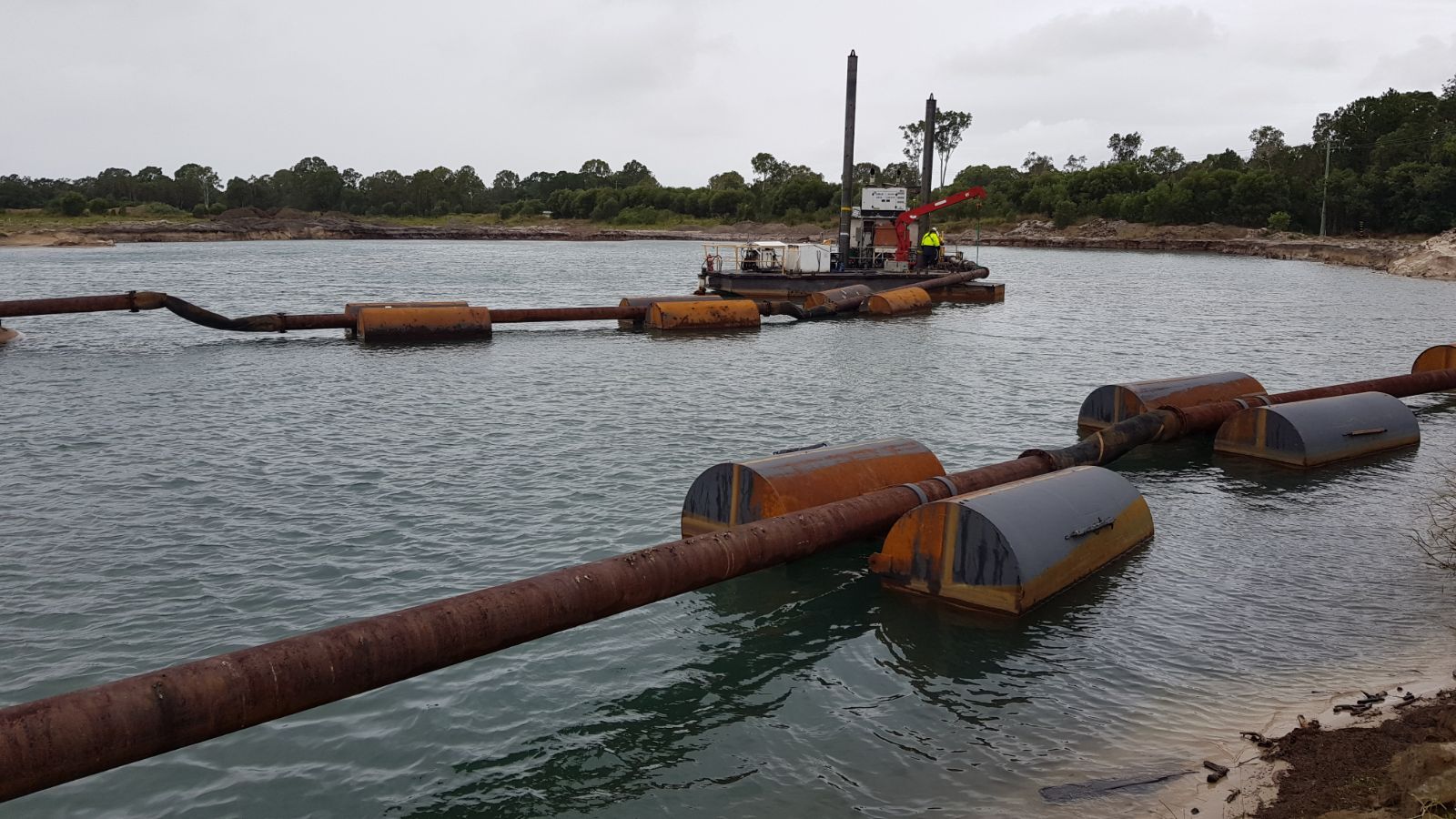
2. Floating Pipes
Floating pipes or hoses are often used in the dredging industry. Floating pipes have significantly longer lifetimes than metal pipes and floats because they perform under the harshest of conditions. Some are rubber-lined, providing a durable, long-lasting surface that is nearly maintenance-free and flexible. These bending characteristics make floating pipes more adaptable to rapid changes in the environment. In the dredging industry, floating pipes are often used for rock cutter discharge lines, hopper bow connection discharge lines and hopper mainline discharge applications with very abrasive solids.
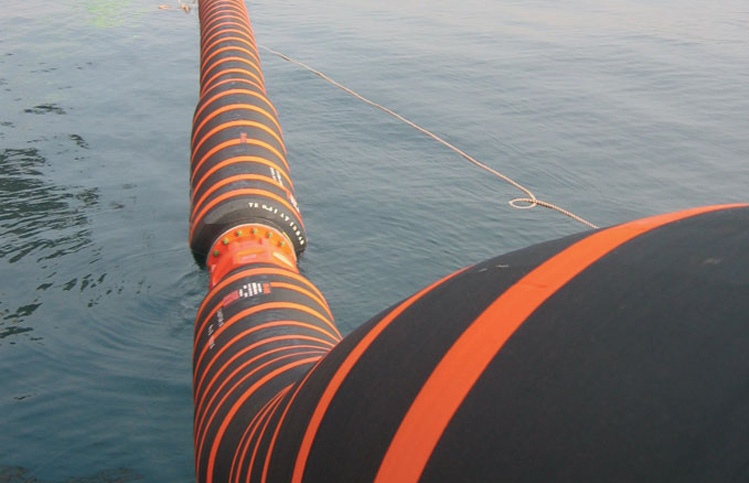
3. Multi Float Hoses & Cable Floats
Hose or pipe floats are becoming the gold standard throughout numerous industries. They allow users to select the best type and size of hose, cable or pipe for the job, and simply add the durable float. Hose floats are made of a tough polyethylene (PE). According to the Plastic Pipe Institute, the estimated lifespan of a PE pipe float in the mining and oil and gas industries is 50 to 100 years. In addition to replacement costs, maintenance costs are reduced as well.
Other advantages include:
- It's rustproof, break-resistant and corrosion-free;
- PE can withstand harsh chemical environments;
- PE is abrasion resistant, making it ideal for mining applications;
- Installation is quicker and cheaper since no heavy equipment is required; and
- They are available in a wide range of sizes.
The experts at Coerco would like to help you find the most efficient way to float your industrial pipe. Learn more with our pipe float calculator.


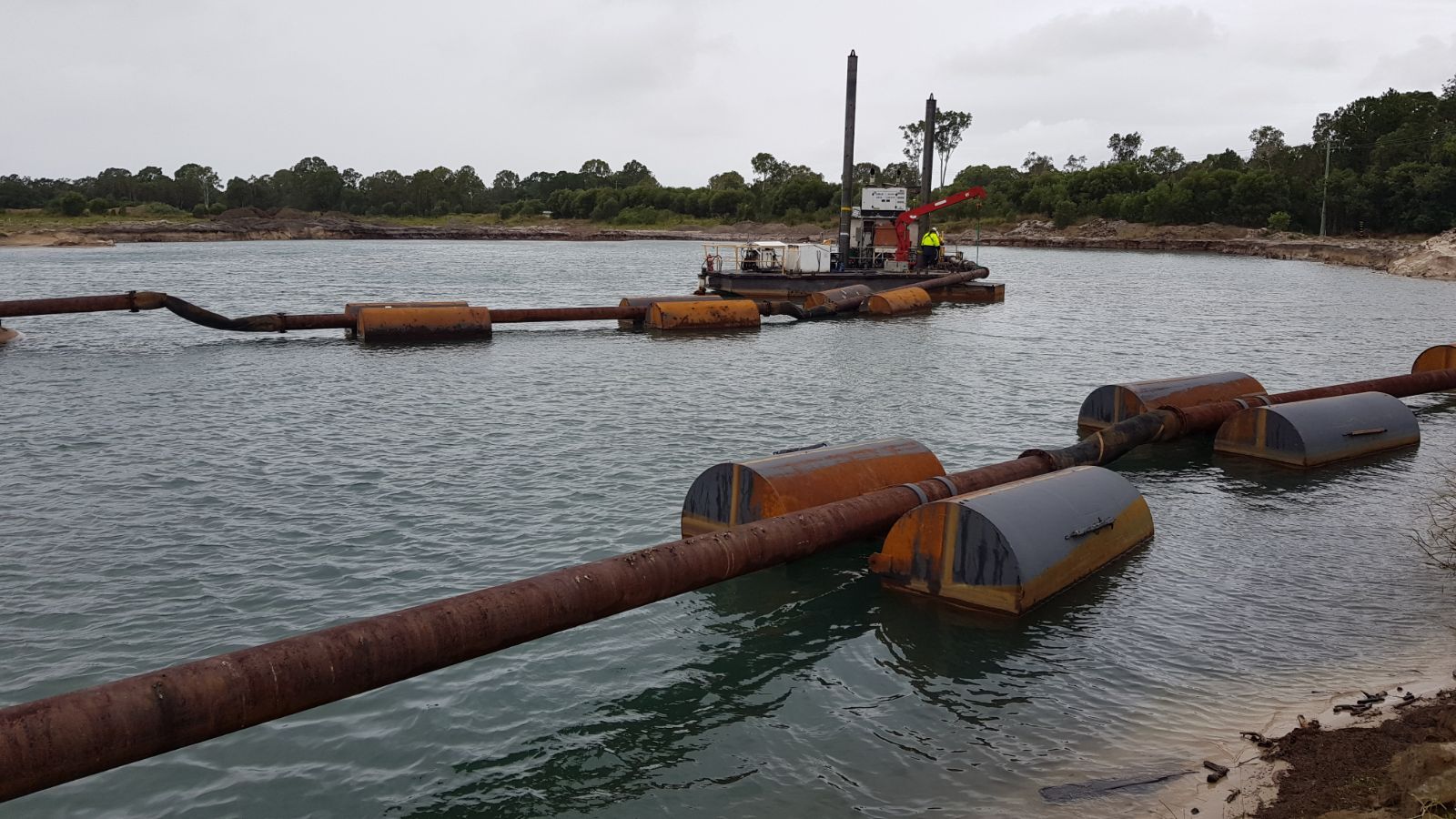


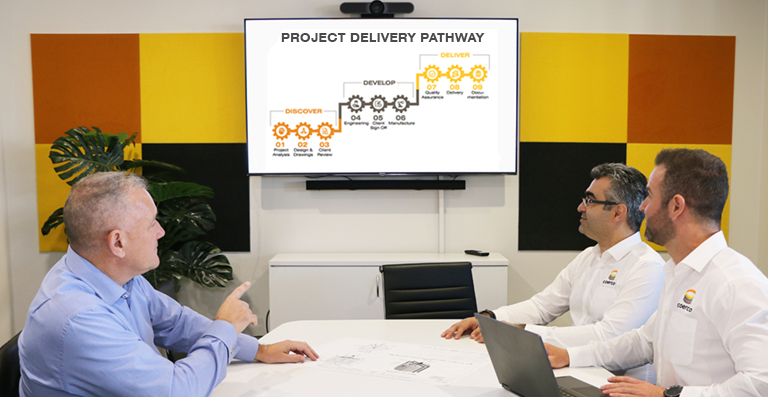
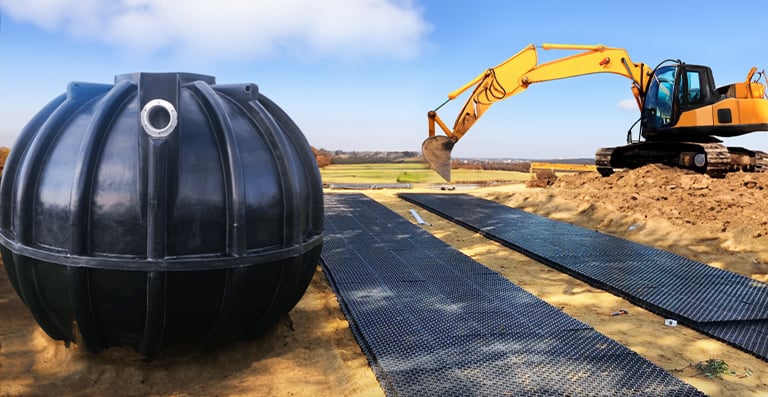
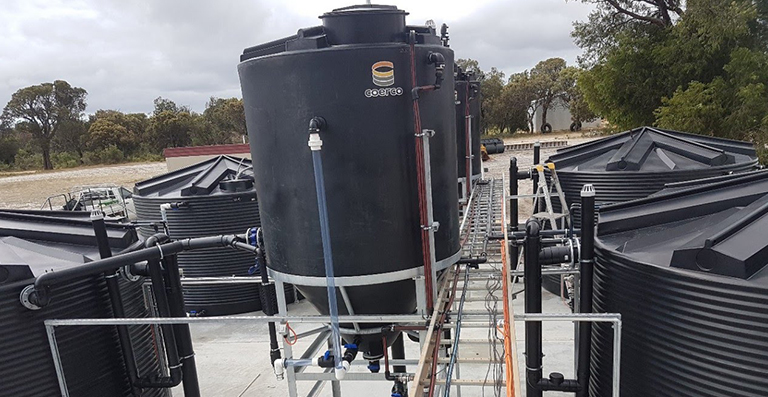
Comments